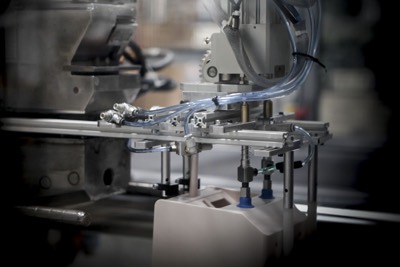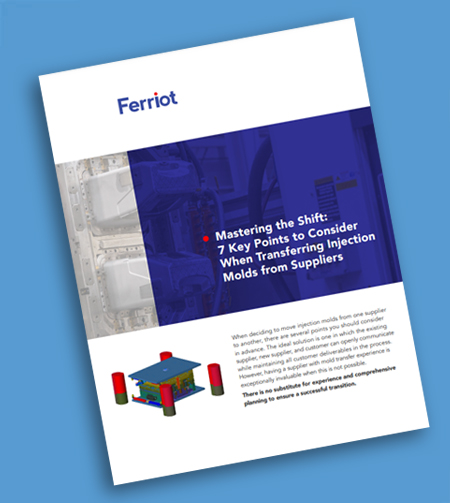 Two major impact areas for product development engineers.
Two major impact areas for product development engineers.
Designing new products is a very tough job; there is so much to do and little time to make it happen. Speaking specifically about molded plastic parts, four critical areas usually blend together in successful product designs. The 3D part design, material selection, tool design / construction, and simulation /processing. If not impossible, it would be extremely difficult to find any one person who can do it all. This is why it is so important to have molding partners that can help share the weight of the new product development process.
Product development engineers usually lead the way in part design and material selection, but these activities can also be passed to suppliers in some cases. Brad Martin’s post on November 25th 2014, “7 Key Aspects to Identify When Designing Injection Molded Plastic Parts,” discusses some high level critical questions that need to be asked at the beginning of the part design process.
The second major impact area for product development engineers is material selection. Once you have summarized critical design requirements you can begin to narrow your list of preferred materials. This can be done by referring to your company standards, searching material databases, searching the internet, contacting your preferred raw material suppliers or contacting your molding partners. The goal would be to meet all your critical part requirements and to narrow the list down to a couple strong candidates for further consideration.
Once you have a preliminary part design and a few possible material selections you can now begin to accelerate the concurrent engineering process with your supplier and optimize your design.
Key outputs from the concurrent engineering process should be:
- Defining what type of tooling I need to build and an approximate cost.
- Making sure I have a flexible tooling plan for any part design or molding concerns.
- Final material selection and a review the part for mold-ability.
- Discussion and documentation of known part critical characteristics
- A plan for prototyping if needed (what I need to check or test) and an agreement on what methods should be used.
- A no surprise part cost based on estimated annual quantities, tool type, raw material, and any secondary operations needed.





